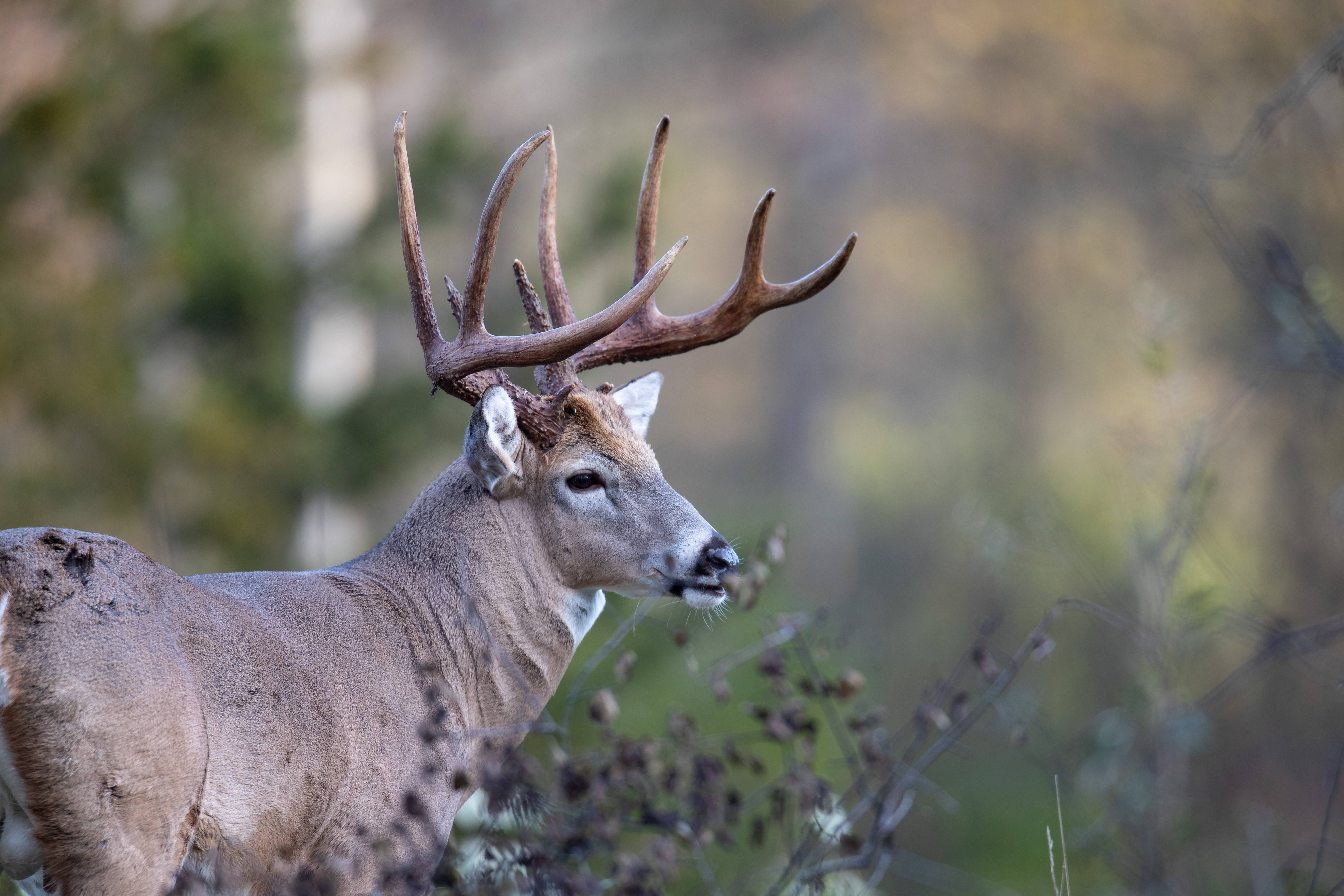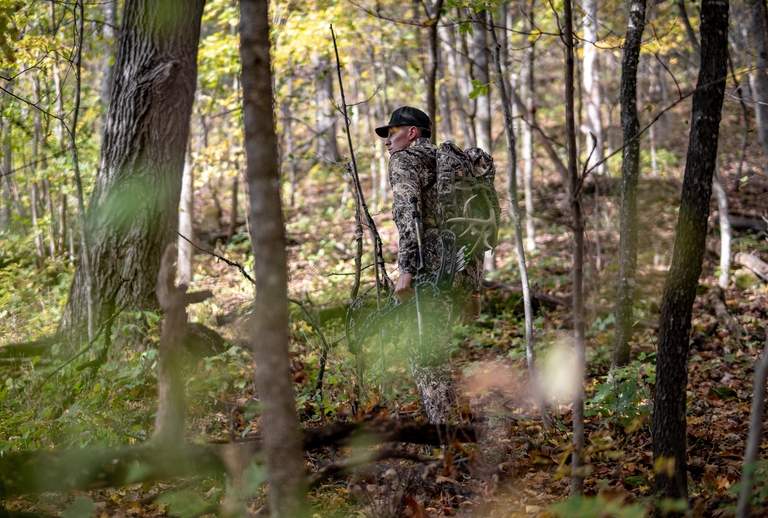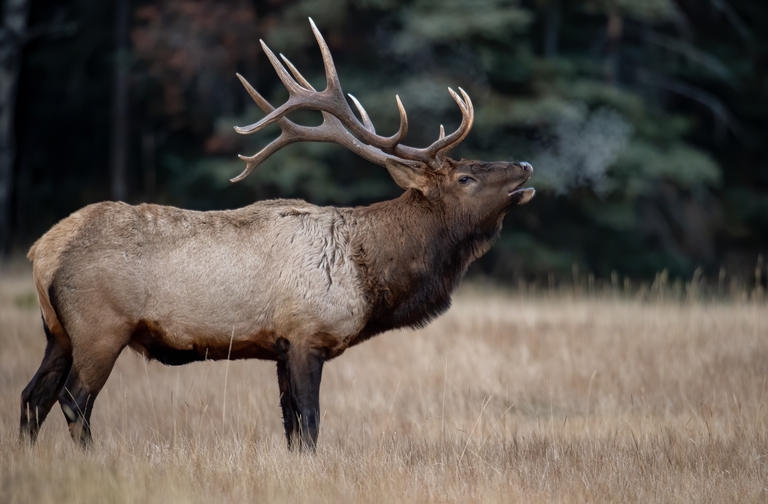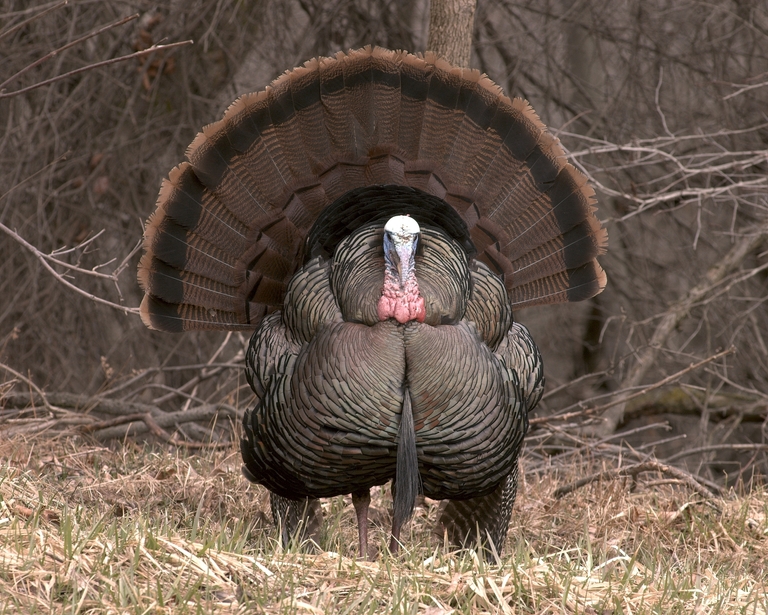3 AR-15 Calibers for Hunting 3 Types of Game

The AR-15 has become one of the most popular firearms in America, primarily due to its versatility, ease of use, and military look. It has even been adopted by hunters, who have embraced the AR as their rifle of choice in the field.
There are subtle differences in optimizing your AR-15 for hunting game of all sizes. Here's what you need to know about this firearm and how to choose the best AR-15 calibers for hunting different types of game. We'll also discuss how to practice good firearm safety, no matter your firearm of choice.
What Is an AR-15?
The AR-15 (ArmaLite – not "assault rifle), as a modern sporting rifle, is a semi-automatic firearm firing only one bullet with each pull of the trigger. They are accurate, rugged, and reliable in the field, making them a recent favorite for hunters.
One of the best features of the AR-15 is its all-weather usefulness. No matter the time of year or weather conditions, hunters can rely on their ARs to perform in the field when they need that critical shot to hit a target in the right spot.

3 AR-15s for 3 Different Types of Game
So, which type of AR-15 caliber is best for hunting? Depending on the species you're hunting, your firearm choice could change.
1. For Small Game
Rabbits, squirrels, and prairie dogs are some of the most common small-game targets for hunters. However, the caveat with hunting smaller animals with an AR-15 is that you must have a superior aim, and if you plan on eating your small game, the AR is not ideal for the takedown.
Many AR-15s come with 1:9 twist barrels, meaning the bullet spins one full rotation per nine inches traveled in the barrel. Most Remington .223 cartridges are 55-grain, and the 1:9 twist rate is ideal for maximum efficiency and stabilization with said cartridges versus 1:12 (slower) and 1:7 (faster).
AR-15 barrels, like all parts of the rifle, are easy to replace, and switching takes only minutes. Your optics should also be made specifically for small game, paying close attention to clarity and resolution at less than 100 yards. A 4-12X40 variable scope is recommended for small game.
2. For Varmints and Predators
Whether it's javelina, coyotes, or wild hogs, many jurisdictions not only allow but encourage hunters to take down varmints and predators in the area.
Hunting varmints requires different hunting techniques than small game, so a few items must be considered to properly set up your rifle for these endeavors.
Most AR-15s specifically built for hunting nuisance animals have longer barrels and slower rifling – a typical stationary shooting setup. The longer barrel provides better velocity and range, perfect for animals 200 yards away or further.
ARs for these animals are typically heavier than those built for small game, so you may need to experiment with different stocks for comfort. Some hunters prefer collapsible stocks and add cheek rests, while others like fixed stock styles.
Suppressors (silencers) are also popular additions to AR-15s for varmint hunting since you can potentially hit the target with a second shot if you miss on the first. However, keep in mind that a "silenced" AR-15 is a relative term – it's not like the silencers in the movies.
3. For Large Game
The upper receiver ultimately determines whether your AR-15 is built for small or large game.
The standard .223/5.56 rounds are not ideal for large animals, but switching to a larger caliber will work. Though more expensive and heavier, the AR-10 setup is ideal for deer hunting.
You can also buy an AR-15 already built for large game hunting, such as the Ruger SR-762 and YHM HRC-200 6.8 SPC.
The best part about owning an AR-15 is that it's never a finished product. You can always modify it with different parts and accessories for hunting and target shooting activities.
What Are the Legalities of Using AR-15 Calibers for Hunting?
There is no federal law controlling the use of the rifle, though some states have regulations on citizens' rights to purchase, own, and use it.
AR-15s are legal to use for hunting in many states, including hunting feral goats in Hawaii, feral pigs in Texas, jackrabbits in Arizona, and elk in Montana. However, some states don't allow deer hunting with .223 diameter bullets or an AR-15 rifle. These states require larger bullets.
Many states have laws for hunting specific game with specific types of guns and ammunition, so it's best to check your state's current laws before heading out on a hunt.

Apply Firearm Safety Rules When Hunting With an AR-15
When hunting with an AR-15 (or any firearm), make sure you apply good firearm safety best practices. If you're not sure what those best practices are – like determining your safe zone of fire and transporting firearms safely when hunting with partners – a hunter education course through Hunter-Ed can help you learn what you need to know!
All Hunter-Ed courses are 100% online, and you can also take and pass your exam. Then, choose the best firearm based on the game you plan to hunt and get out in the field!
Find the course for your state and start learning for free with our online study guides.
Originally published September 26, 2016. Updated January 24, 2023.




